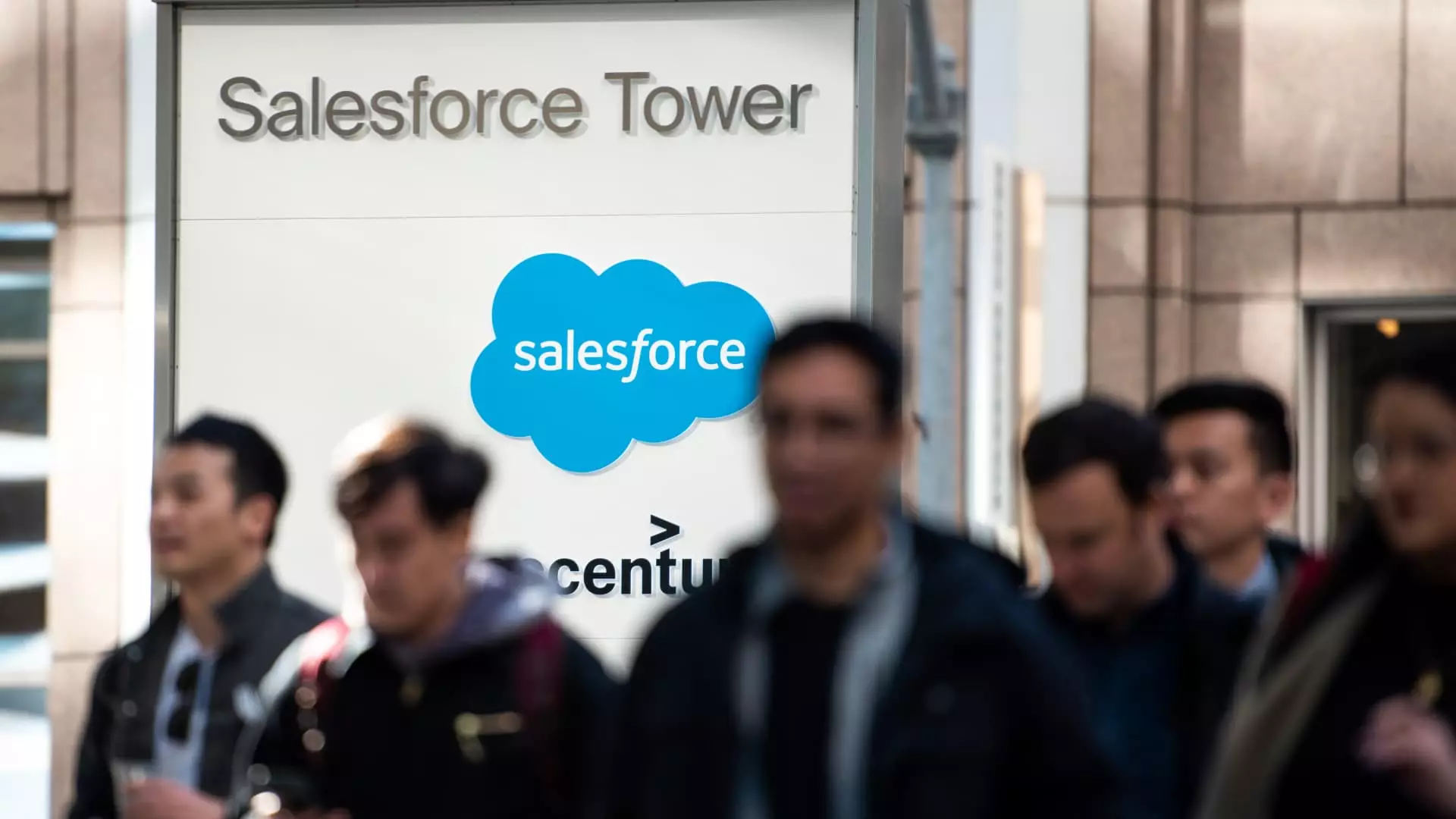The San Francisco real estate market has been facing significant challenges, with the vacancy rate for office space reaching a record high of 34.5% in the second quarter. This increase is a concerning trend, especially when compared to the numbers from the same period a year ago, which stood at 28.1%. The drop in the average asking rent to $68.27 per square foot is also alarming, marking the lowest point since late 2015. These figures reflect the struggles faced by the city in bringing people back to the office post-pandemic and dealing with a slowdown in the tech market leading to mass job cuts across the industry.
The Role of Artificial Intelligence in San Francisco Real Estate
Despite the challenges mentioned above, there has been a glimmer of hope with the rise in popularity of generative AI in the city. Startups, such as OpenAI and Anthropic, have made significant real estate moves by leasing large office spaces in San Francisco. OpenAI, with a private valuation exceeding $80 billion, leased about 500,000 square feet of space in the Mission Bay neighborhood, the largest office lease in the city since 2018. On the other hand, Anthropic subleased 230,000 square feet at Slack’s headquarters, and Scale AI signed a lease for approximately 170,000 to 180,000 square feet in Airbnb’s office building. While these AI companies bring a ray of hope, it is essential to note that they alone cannot save the struggling San Francisco commercial real estate market.
Impact on Tech Companies and Office Spaces
The impact of AI on the San Francisco real estate market goes beyond the realm of startups. The trend indicates that tech companies, law offices, and consulting firms are seeking to downsize their existing office spaces when leases come up for renewal. The shift to hybrid work arrangements has accelerated this move, with companies looking to relocate to higher quality spaces in more desirable parts of the city at reduced prices. The focus is on being near amenities like restaurants and shops to entice employees back to the office. The demand for prime office space with top-notch amenities remains high, as companies strive to create attractive work environments in the best locations.
Several top employers in San Francisco, such as Salesforce, Uber, Visa, and Wells Fargo, have started bringing back employees to offices for part of the week. While this has positively impacted the financial district, where vacancy rates are relatively lower, other areas like SoMa have experienced soaring vacancy rates of nearly 50%. Factors such as distance from mass transit options and retail departures have contributed to the challenges faced by certain neighborhoods. The total vacant office space across San Francisco in the quarter was reported to be 29.6 million square feet, indicating a significant oversupply in the market.
Despite some positive signs in the market, with absorption expected to improve in the second half and office job numbers stabilizing, there are concerns about further rent decreases and rising vacancies. The uncertainty surrounding the upcoming presidential election is also viewed as a potential factor causing delays in new lease agreements. The hesitancy among tenants to make decisions during major elections could prolong the market’s recovery process and add to the existing challenges faced by the San Francisco real estate sector.
While artificial intelligence and innovative startups have made significant strides in the San Francisco real estate market, they are not the sole solution to the broader challenges at hand. The city must address the fundamental issues of high vacancy rates, declining rental prices, and changing tenant preferences to ensure a sustainable recovery and growth in the future.

